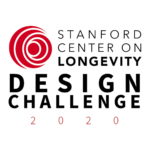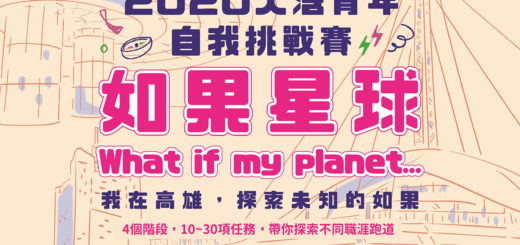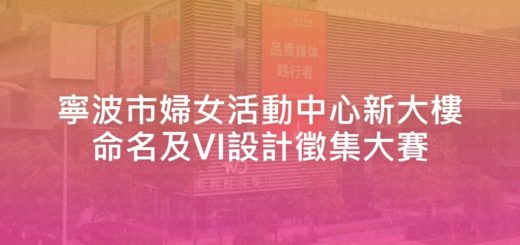2020「REDUCING THE INEQUITY GAP」Designing for Affordability
The Stanford Center on Longevity Design Challenge is a global competition that encourages students to design products and services to improve well-being across the lifespan. In its seventh year, the Challenge is focused on ideas that support long, healthy, and happy lives for everyone by focusing on designing affordable solutions.
CHALLENGE GOALS:
- Create well-designed, practical solutions that improve well-being across the lifespan
- Encourage a new generation of students to become knowledgeable about issues associated with long lives
- Provide promising designers with a path to drive change in the world
Why Design for Affordability?
The rising level of inequity in societies around the world is one of the key challenges of this century. In 2015, the World Economic Forum reported that for the first time in recent history, the richest 1% of individuals held more global wealth than the remaining 99% combined. While design and technology are increasingly being deployed to help individuals reach old age mentally sharp, physically fit, and financially secure; innovations far too often only reach people at the upper levels of socioeconomic status.
The 2020 Stanford Center on Longevity (SCL) Design Challenge will target this issue by asking young designers around the world to identify and design for opportunities to significantly reduce the cost of innovations that help people at all ages do the things needed to increase their odds ofalong and healthy life. The Challenge will be informed by the SCL’s New Map of Life project, which has identified areas for improvement in the quest for helping people live healthy and productive 100-year lives. Designers will be asked to identify and address an opportunity and propose a low-cost solution.
What is “Low Cost?”
The terms “low-cost” and “solution” can mean quite different things in various parts of the world. As a result, part of the challenge will be that teams will need to identify both the context in which the solution will be deployed, and an analysis of affordability in the target user. Thisapproach is rooted in Stanford’s “Design for Extreme Affordability” program (https://extreme.stanford.edu/), which has successfully created very low-cost and practical solutions for developing countries.
What Kinds of Designs are Included?
Any design significantly reducing the cost of an existing solution that contributes to longer and healthier lives will be accepted for consideration. New solutions are also welcome, but should include justification that they are affordable to the majority of the target population. Building on SCL’s New Map of Life,the following are a few examples of categories that could be targeted:
- Solutions that contribute to the health and well-being of young people in ways that eventually lead to better long life outcomes.
- Solutions that allow individuals to remain in their homes. Retrofitting solutions that increase safety and ease of use are an especially rich source of potential design opportunities.
- Solutions that bring nutritious food to individuals at lower cost.
- Solutions that help individuals monitor health and manage chronic disease at lower cost levels than currently available.
- Solutions that encourage higher levels of activity and engagement at the community level.
- Solutions that reduce the cost of improving literacy.
The challenge is organized into two phases that are synchronized with the 2018-2019 academic year.
Phase I: September 9 -December 6, 2019
Phase I is the open call portion of the challenge. During this time, teams will learn about the topic and create their solution concept. The Challenge organizing team will be available during this time for questions and to provide contacts for mentoring when possible. Solutions may be submitted at any time during this period, but no judging feedback will be available until January.
Judging Period: December 2019 – January 2020
During this period, our judging panel will select a small number of finalists. Finalists will be announced in mid-January.
Phase II: January 2020 – April 2020
During Phase II, finalists will be asked to further develop their idea and to prepare a presentation to be given at the Awards Ceremony at Stanford University in April of 2020. Mentors from corporate partners and industry experts will be available during this period. At the Awards, one team representative will present their idea to the judges who will then pick the First, Second and Third place winners.
KEY DATES
- Kick-off: September 9, 2019
- Phase I submissions due: December 6, 2019
- Finalists (5-8 teams) announced: January 2020
- Finals: Tuesday, April, 2020 (Exact date TBD)



